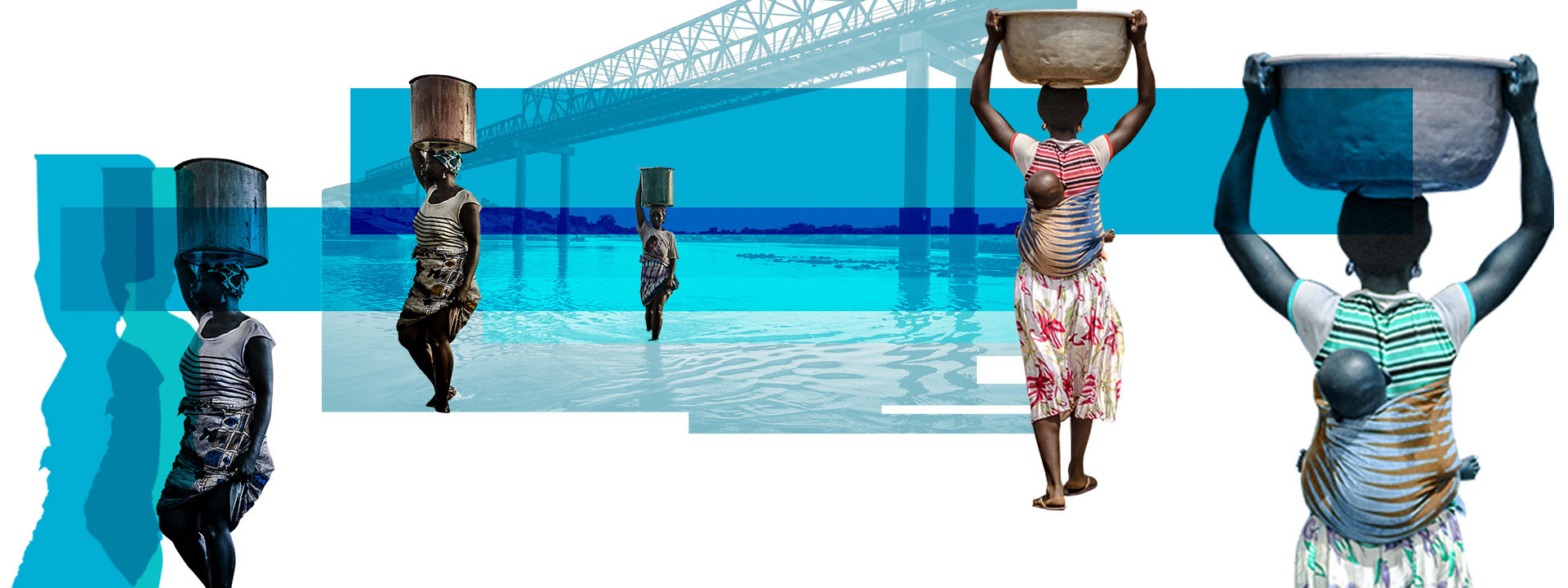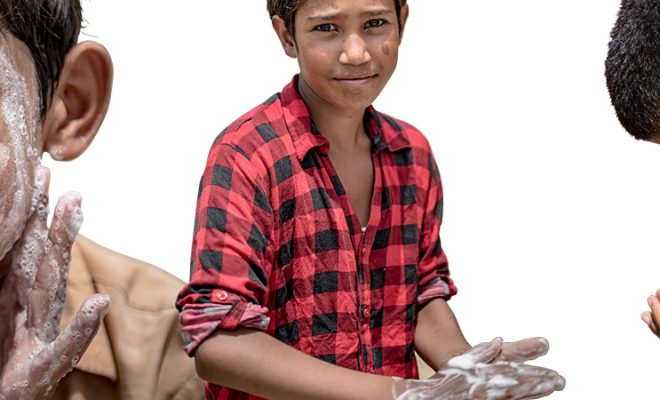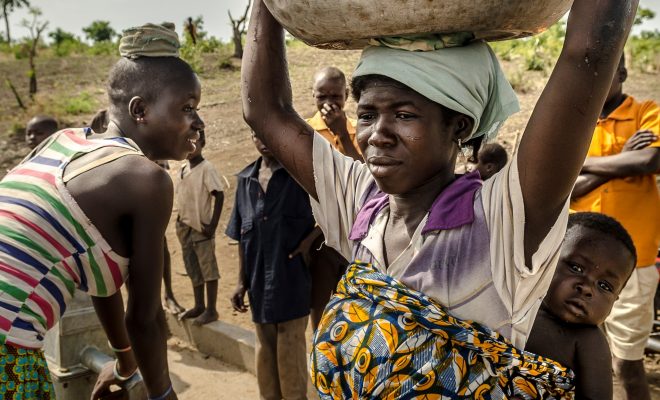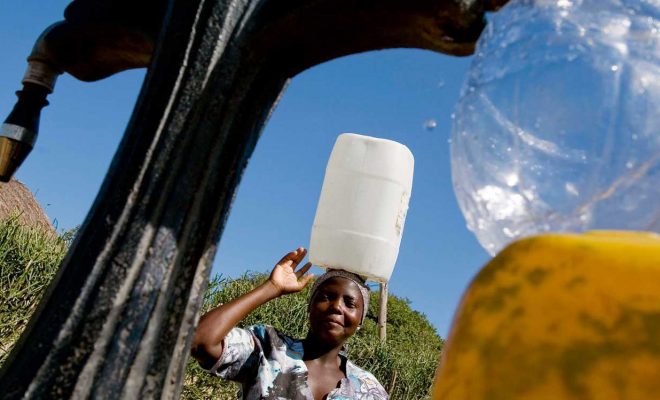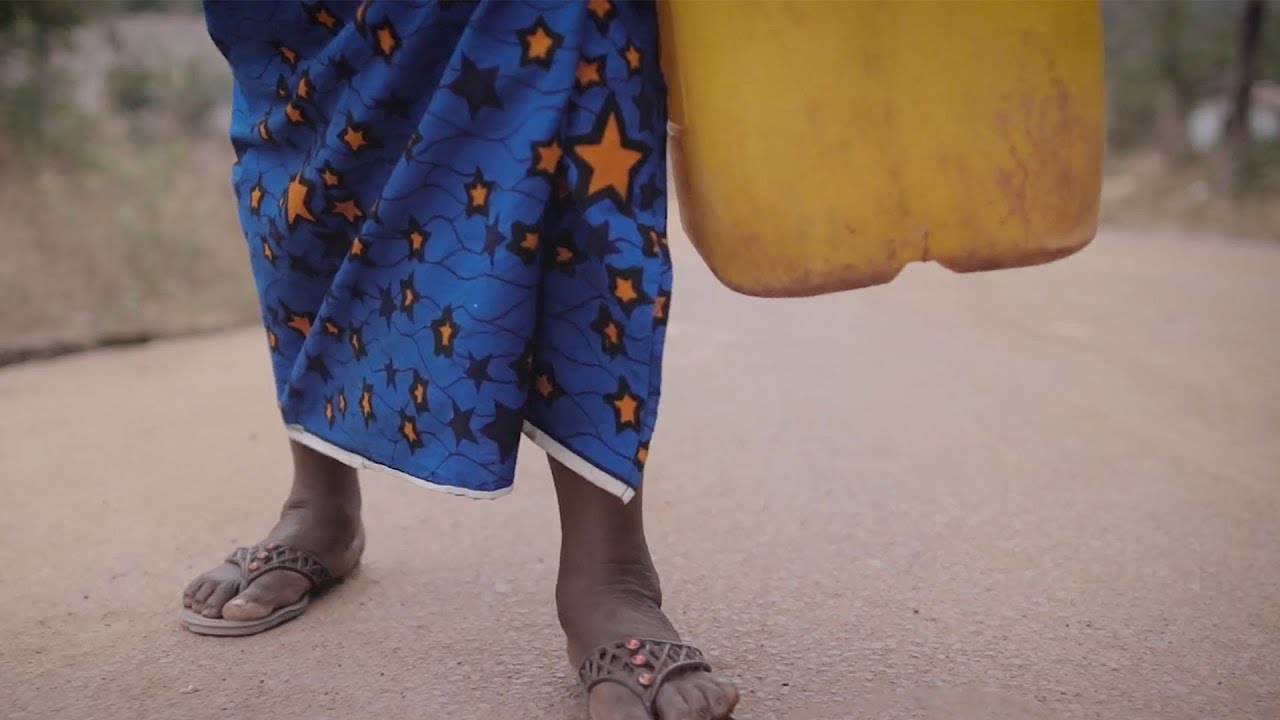
Rhoda lives in a small village in Nigeria. Every day she gets up at dawn to tend her small vegetable garden, but many plants are dry and do not bear fruit. She remembers when she was a child, when her vegetable garden was large and provided vegetables for her entire family. Now, the dry season is getting longer, and the vegetable garden is affected by the lack of water, and Rhoda, like most Nigerian farmers, looks to the sky with anxiety and hope. Hope is what remains to recover water; hope for rain, hope for any kind of aid. But it is not only the vegetable garden that lacks water; the only source they had in her village dried up several years ago, and they need to fetch it from a nearby stream. Israel Rock O.N. tells the story in the short film Hope is not enough, finalist at the We Art Water Film Festival 5.
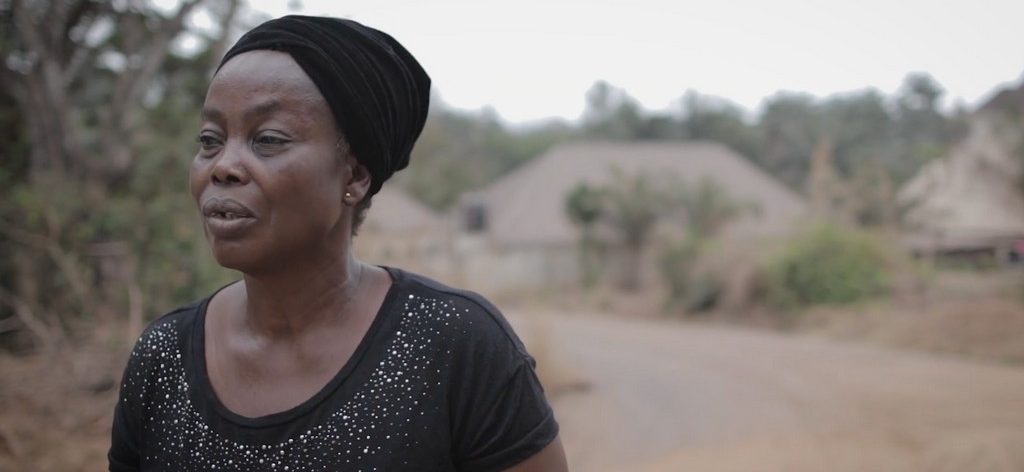
Rhoda, the protagonist of Hope is not enough, finalist at the We Art Water Film Festival 5, is one of the 10.2 million rural Nigerians who are forced to rely on surface water sources.
Rhoda is one of the 10.2 million rural Nigerians who are forced to rely on surface water sources. According to the JMP, 6% of Nigeria’s inhabitants did so in 2020.
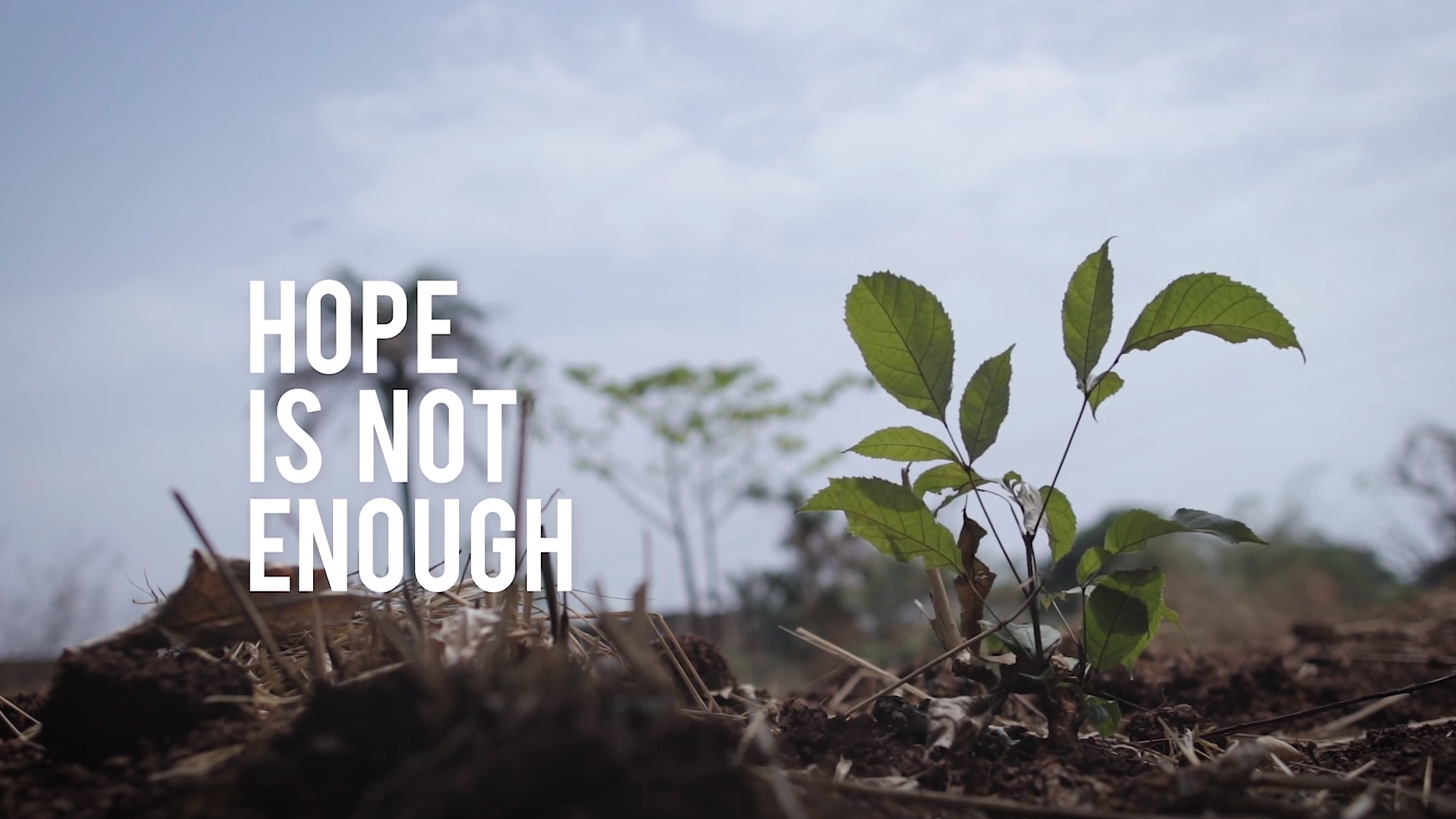
Hope is not enough, finalist at the We Art Water Film Festival 5
All around the world, more than 110 million people access water from streams, ponds, or lakes; almost 300 million have no improved water source, and around 282 million have access defined as “limited,” i.e., they have an improved source, but they have to walk more than 30 minutes to have access to it. Those who have access to surface water bear the brunt: they are forced to leave their homes to fetch it, and the water they find rarely meets minimum drinking water standards. Rhoda improvises a small dam to allow mud and other impurities in the water to settle, but she cannot remove human and animal fecal contamination. Four million people die from diseases caused by contaminated water every year: Rhoda’s son is among these deaths.
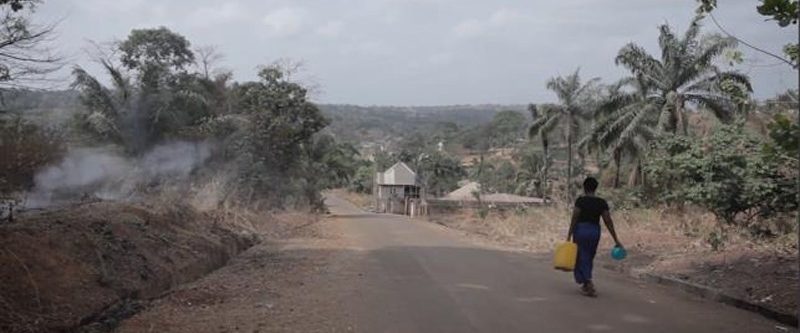
In the short film, we see Rhoda struggling to get around because of her arthritis. It is a plight she shares with millions of other women and girls worldwide who are forced to walk miles with heavy loads to carry water for their families.
Fetching water… of poor quality
In the short film, we see Rhoda struggling to get around because of her arthritis. It is a plight she shares with millions of other women and girls worldwide who are forced to walk miles with heavy loads to carry water for their families.
Our campaign #NoWalking4Water directly addresses this scourge that prevents adult women from participating in productive activities or family and social structuring, essential factors to leave poverty behind and create resilient communities to the ravages of droughts and floods. On the other hand, the teenagers and girls who accompany their mothers in carrying water stop attending school, creating a vicious circle in the community that leads to social impoverishment and blocked development opportunities.
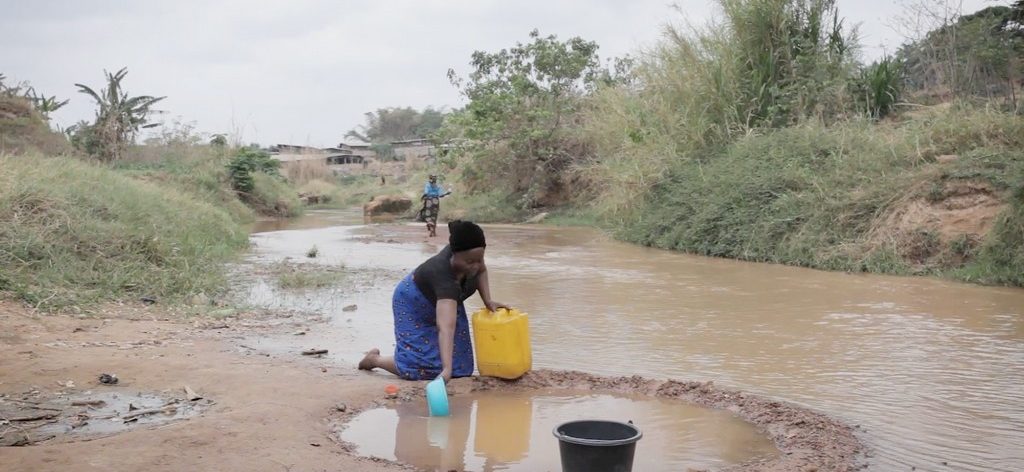
All around the world, more than 110 million people access water from streams, ponds, or lakes; almost 300 million have no improved water source.
Climate change will dry up more sources in dry areas and increase the number of women obliged to fetch increasingly uncertain water. The IPCC forecasts prove to be true in many regions of Madagascar, Tanzania, Kenya, and in most sub-Saharan countries; also in Central America, South Asia, and large parts of the Andean mountain range., In our projects, we have seen the problems caused by dry water sources and declining aquifers, such as in Zimbabwe, Indonesia, and many regions of India. The alarm on climate change must consider this factor, which compromises the attainment of the SDGs by 2030.
Rhoda’s daughter has been able to study and is aware that hope is not enough; it is imperative to mobilize for help to restore access to water where it has been lost.


